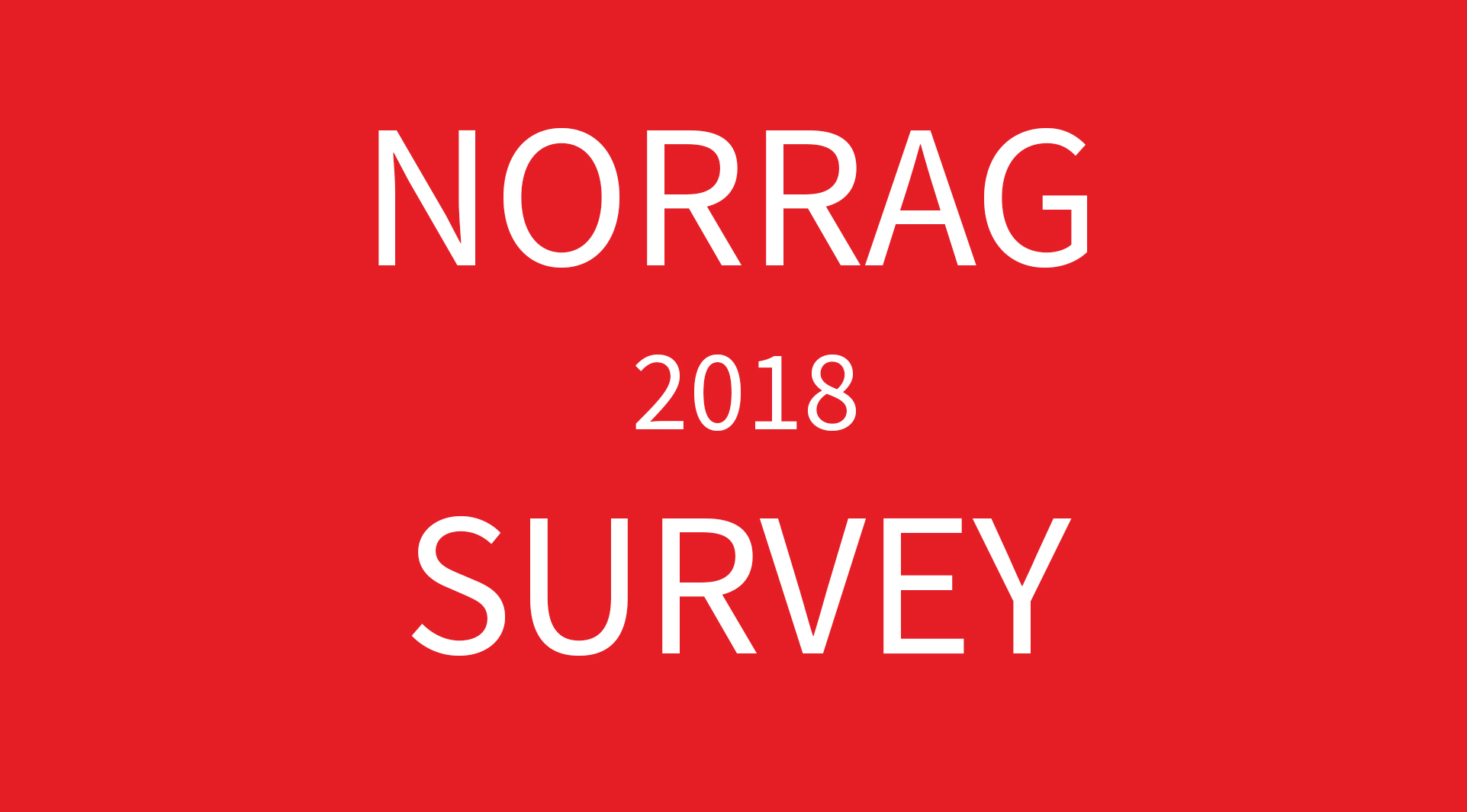NORRAG Key Findings from Biennial Member Survey 2018-2019
NORRAG conducted an online survey amongst its members and stakeholders over the period of October 2018 to January 2019. We received 177 completed questionnaires for this sixth survey. Although the reply rate cannot be seen as representative of the entire NORRAG community, the responses are crucial for us to improve our work and understand where we stand. We would like to warmly thank all the respondents for their time to fill in the questionnaire and their valuable input.
Diversity of the NORRAG Community
The variety of respondents in terms of regional and institutional background illustrates the diversity and richness of NORRAG’s constituency, confirming NORRAG’s multi-stakeholder and global nature as it has developed and increased over the last years. Over a third of our 5,000 members are from Western Europe, 14% from North America, and 9% from Southern Asia.
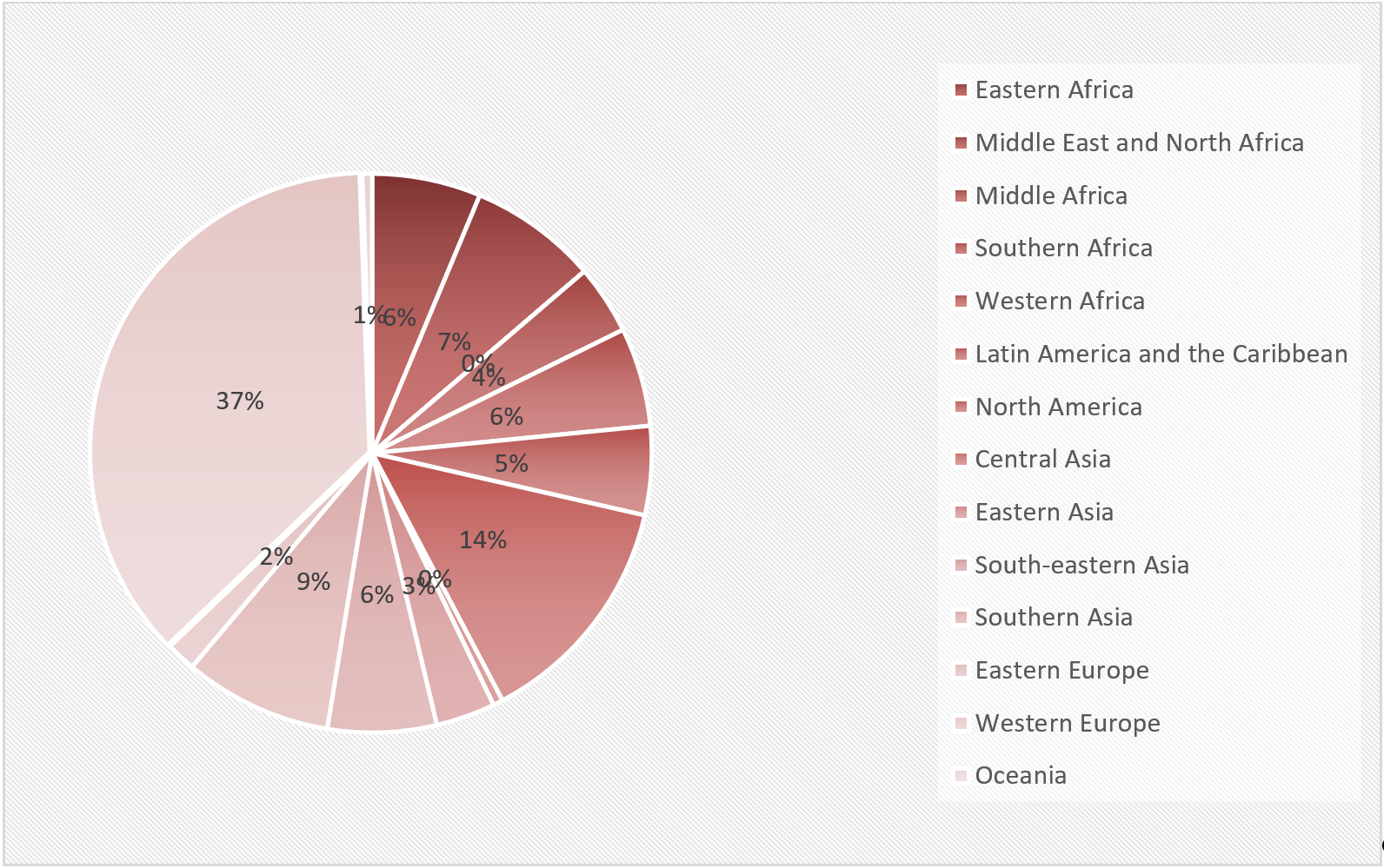
Chart 1: Regions of provenance of NORRAG Members
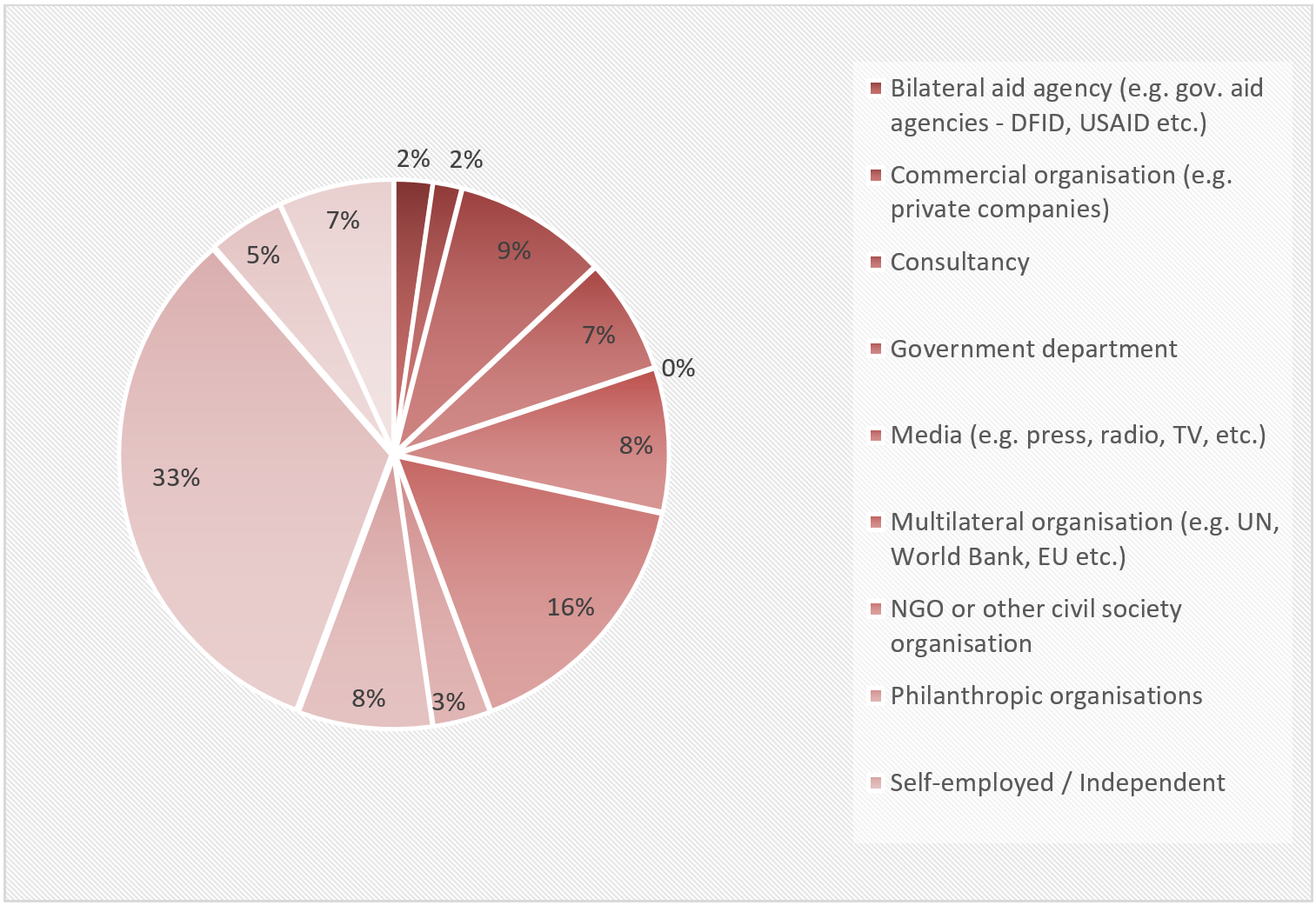
Chart 2: Institutional background of NORRAG Members
Relevancy of NORRAG Themes
In general, respondents valued all NORRAG themes as ‘very relevant’. The themes ‘Right to Education/Human Rights-based Approaches in Basic Education’ and ‘National Policy Agendas and Global Governance’ score as the most relevant to individuals with 92% perceiving the themes as “very relevant” or “quite relevant”. ‘Private Sector Engagement in Education and Innovative Financing’ and ‘The Basic Education-vocational Skills Development Nexus’ score at 87 per cent and 83 per cent respectively of individual viewing the themes as “very relevant” or “quite relevant”.
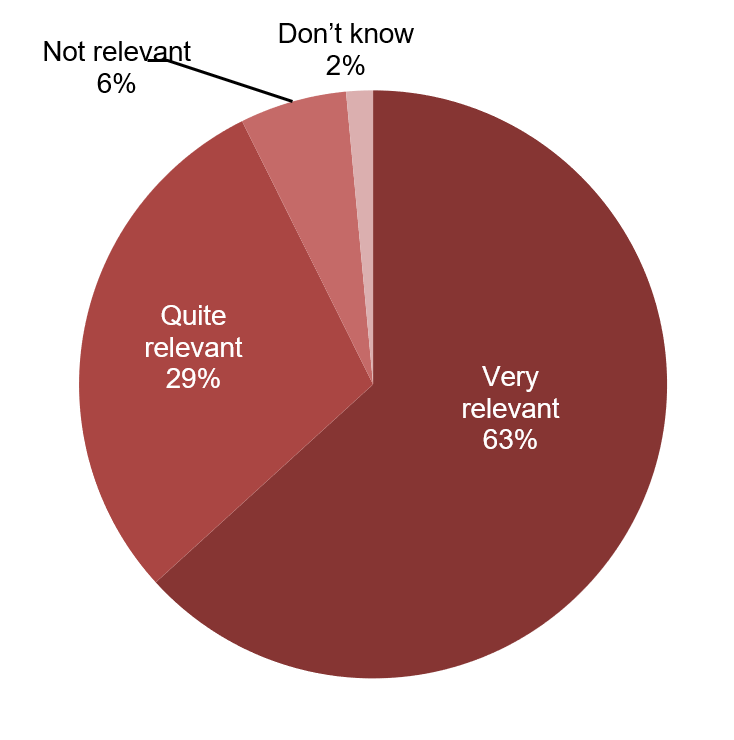 Chart 3: International Policy Agendas and Global Governance
Chart 3: International Policy Agendas and Global Governance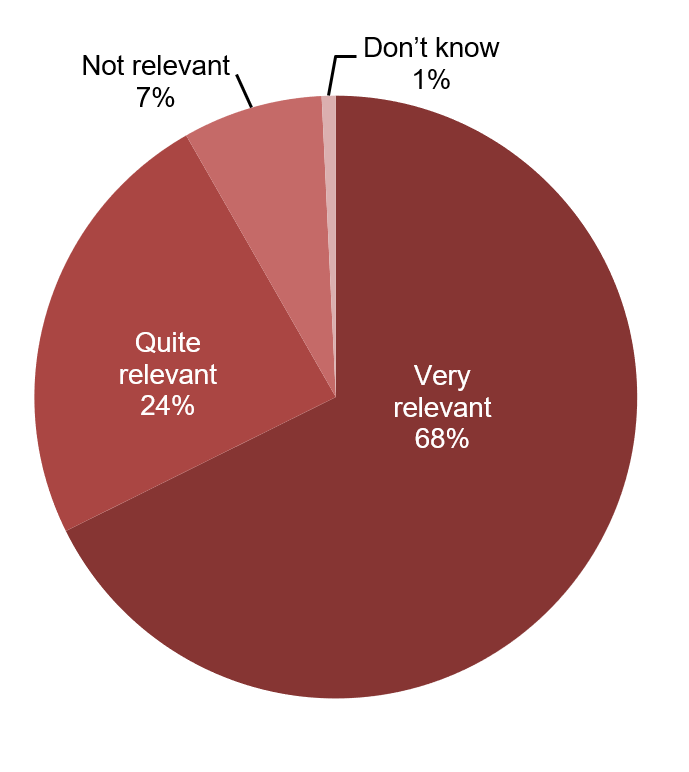 Chart 4: Right to Education/Human Rights-based approaches in Basic Education
Chart 4: Right to Education/Human Rights-based approaches in Basic Education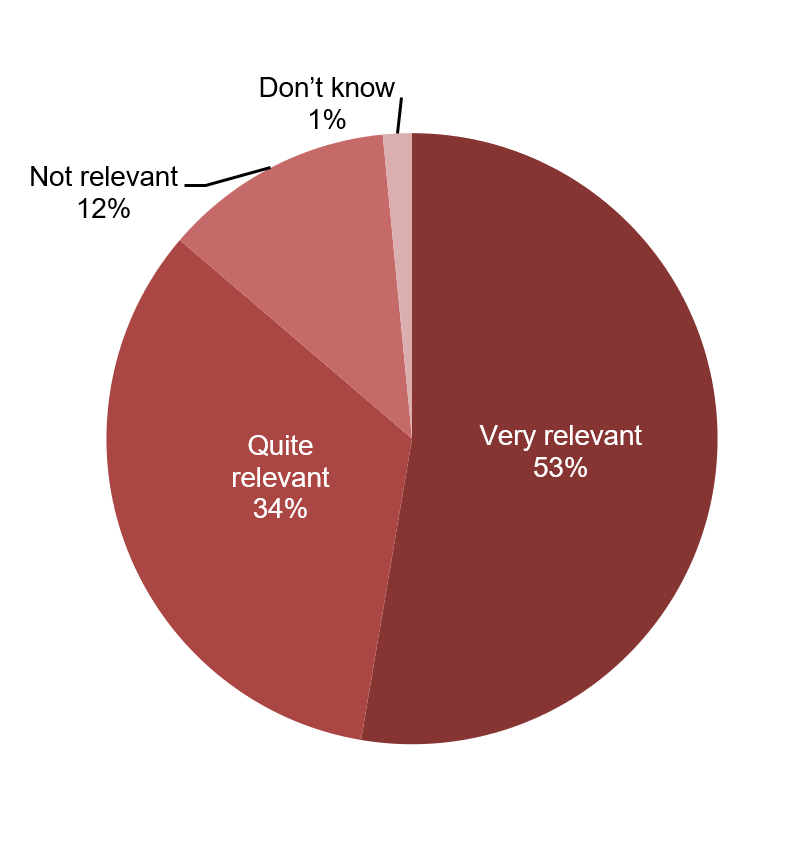 Chart 5: Private Sector Engagement in Education and Innovative Financing
Chart 5: Private Sector Engagement in Education and Innovative Financing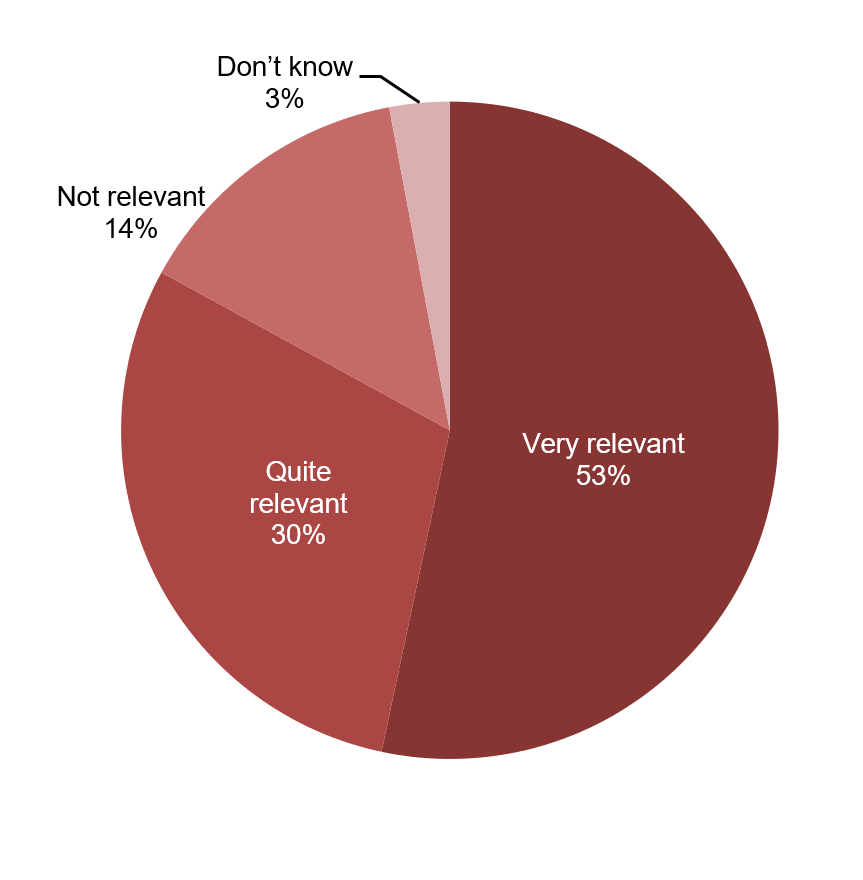 Chart 6: The Basic Education – vocational Skills Development Nexus
Chart 6: The Basic Education – vocational Skills Development NexusReaching NORRAG’s Objectives
NORRAG’s statement of purpose is to inform, challenge and influence international education and training policies and cooperation by revisiting the policy-research nexus. This mission translates into three objectives, as shown in the below charts.
Overall, a large majority of respondents considered that NORRAG has successfully met its three objectives. Respondents considered that NORRAG had most successfully met the objective of “Providing critical dialogue on global development in education by mobilising and disseminating diverse voices and multiple perspectives”; 92% of all respondents indicated that NORRAG had been ‘very’ or ‘quite’ successful in achieving this objective. Then, 86% of respondents considered that NORRAG had been ‘very’ or ‘quite’ successful in attaining the objective of “Providing, building and disseminating timely, concise and evidence-based critical analysis, facts and knowledge”, while NORRAG’s ability to “Bridge and broker knowledge at the interface between research, policy and practice while leveraging the NORRAG network” has been rated positively by 79% of the respondents.
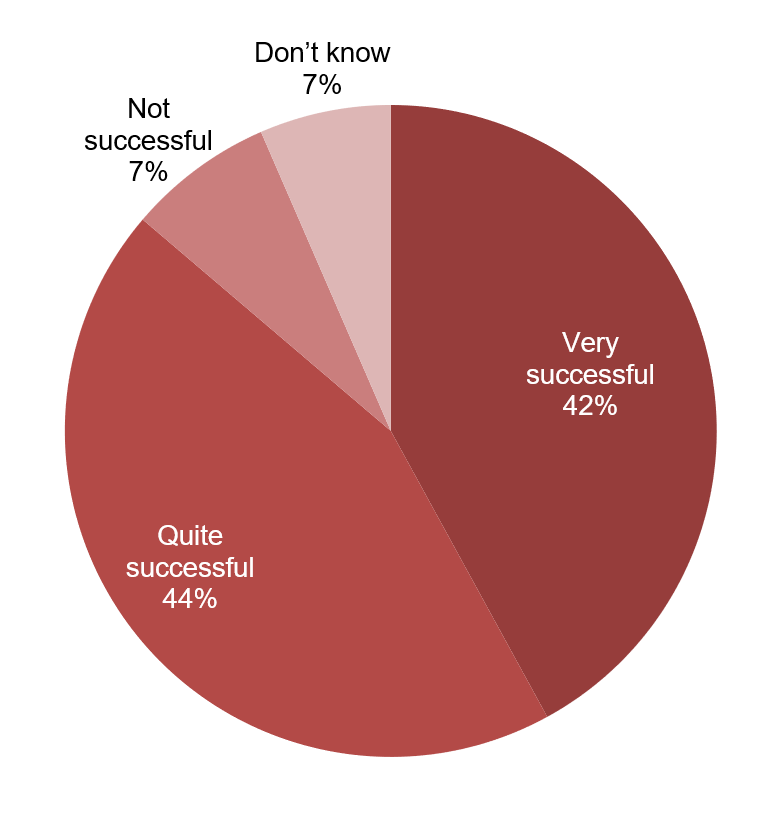 Chart 7 To provide, build and disseminate timely, concise and evidence-based critical analysis, facts and knowledge
Chart 7 To provide, build and disseminate timely, concise and evidence-based critical analysis, facts and knowledge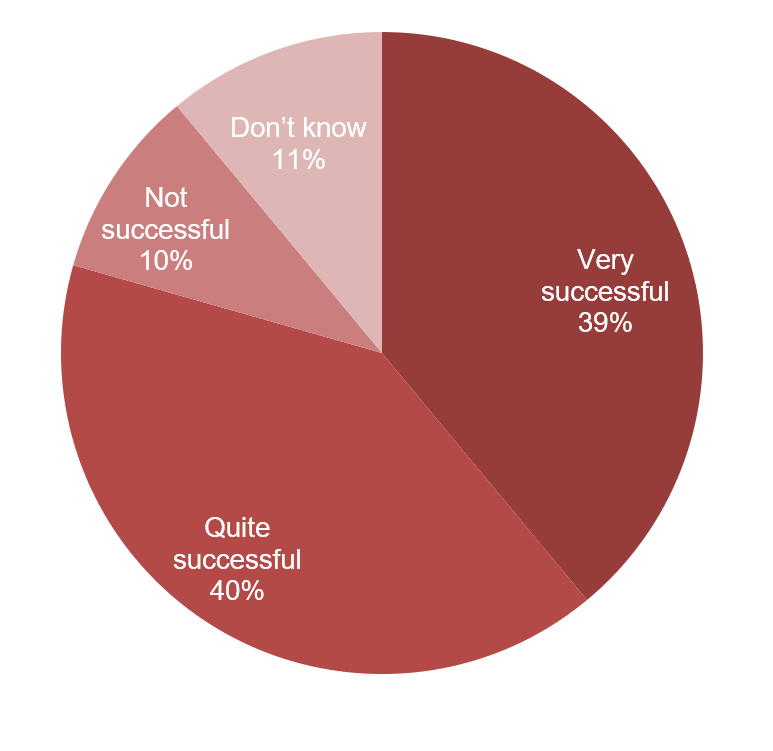 Chart 8: To bridge and broker knowledge at the interface between research, policy and practice while leveraging the NORRAG network
Chart 8: To bridge and broker knowledge at the interface between research, policy and practice while leveraging the NORRAG network Chart 9: To provide critical dialogue on global development in education by mobilising and disseminating diverse voices and multiple perspectives.
Chart 9: To provide critical dialogue on global development in education by mobilising and disseminating diverse voices and multiple perspectives.What makes NORRAG unique? Some quotes from the survey…
| Related to NORRAG’s provision of reliable, timely information and critical analysis
“NORRAG has strong communication in social media which keeps me up-to-date on education issues in international cooperation” (Western Europe, University (academic) “NORRAG blogs on different education-related issues which gives me a global perspective and keeps me apprised of policy and interventions across the globe” (Southern Asia, NGO or other civil society organisation) Related to NORRAG’s brokering power among different actors in research, policy and practice “NORRAG’s strength is its ability to bring together multiple voices and diverse stakeholders in the education sector” (Middle East and North Africa, Philanthropic organisations) “For someone outside a development hub, NORRAG provides a useful glimpse of some of the current controversies” (Southern Asia, NGO or other civil society organisation) Related to NORRAG as a Network of Experts in International Policies in education and training “It’s a great network of researchers, NORRAG gives me an opportunity to take part in conferences and symposia such as the Philanthropy in Education conference series. It also provides an opportunity to present in NORRAG panels and to publish my research on website, video, social media, etc.” (North America, self-employed / independent) |
Download the full report of the Key findings from NORRAG biennial survey 2018-19

